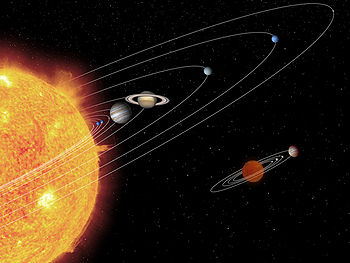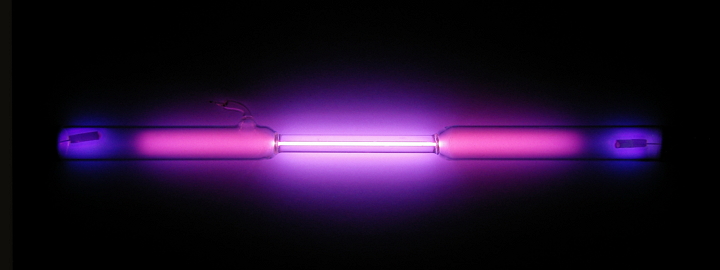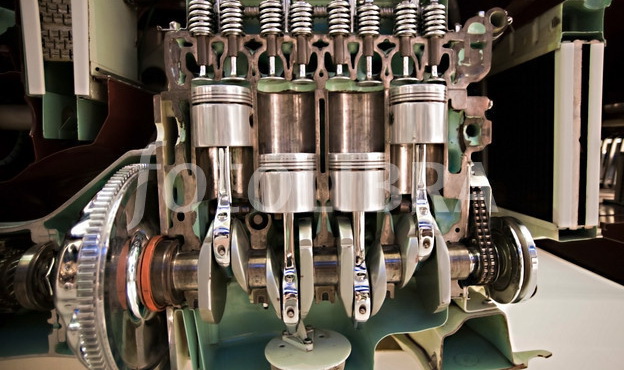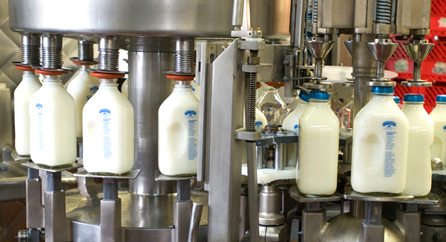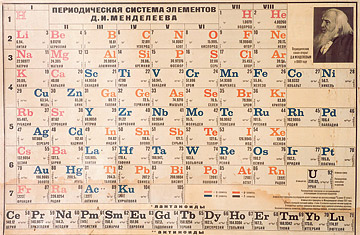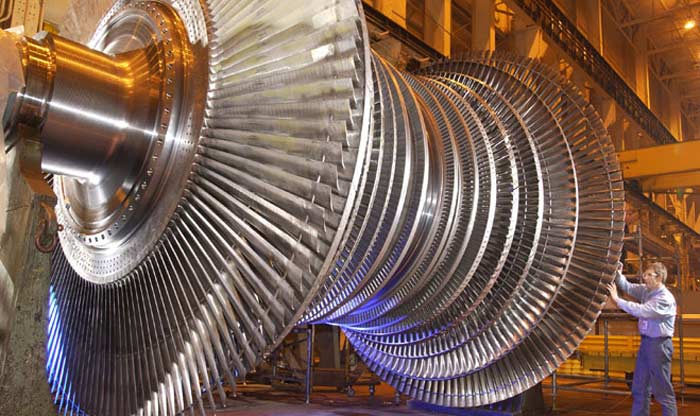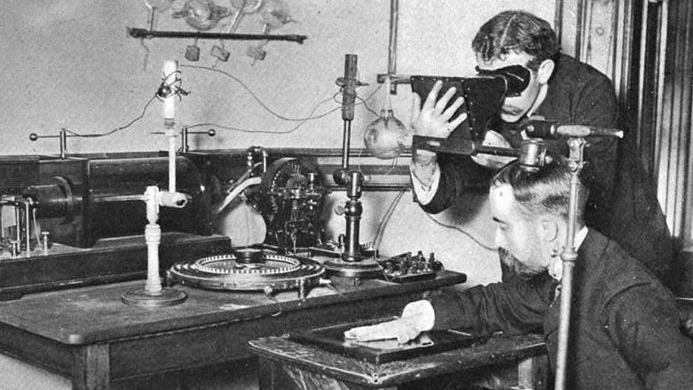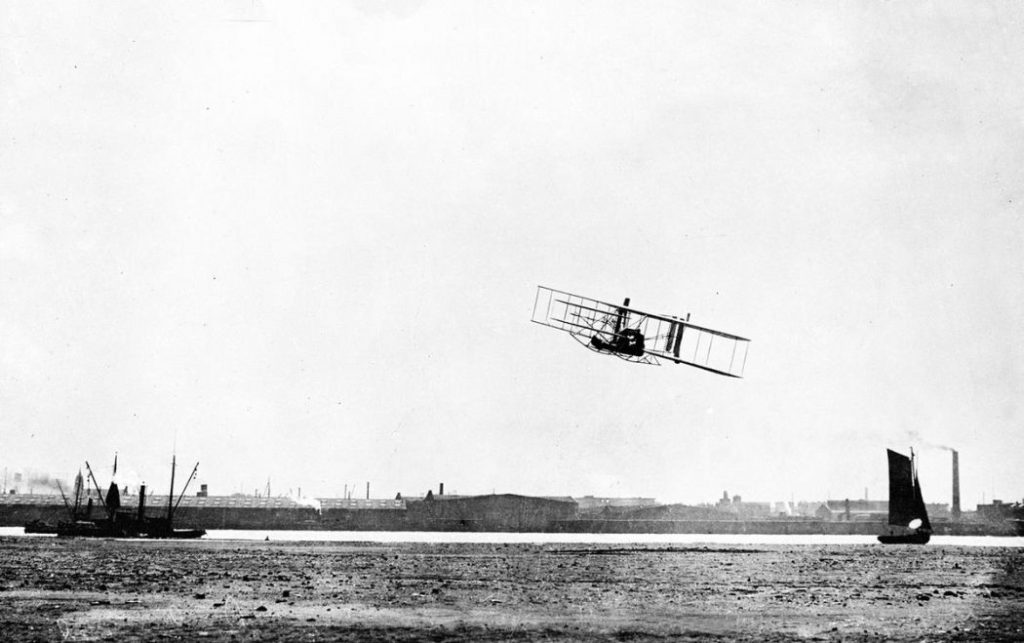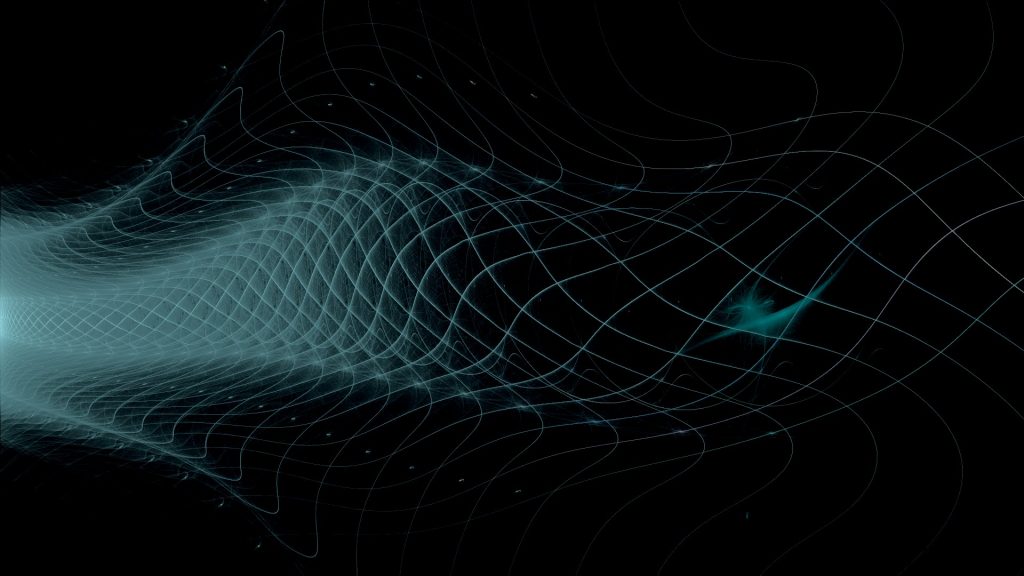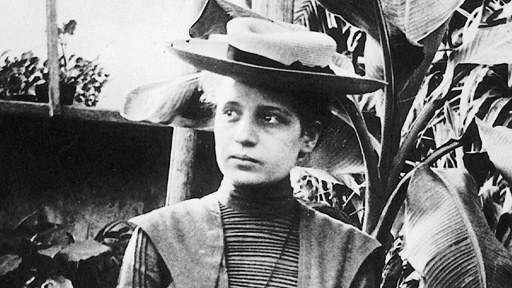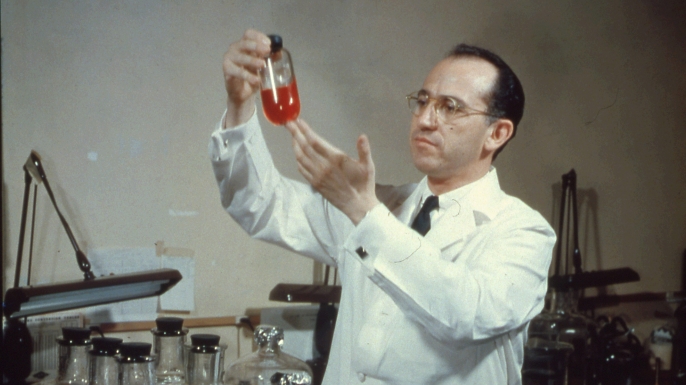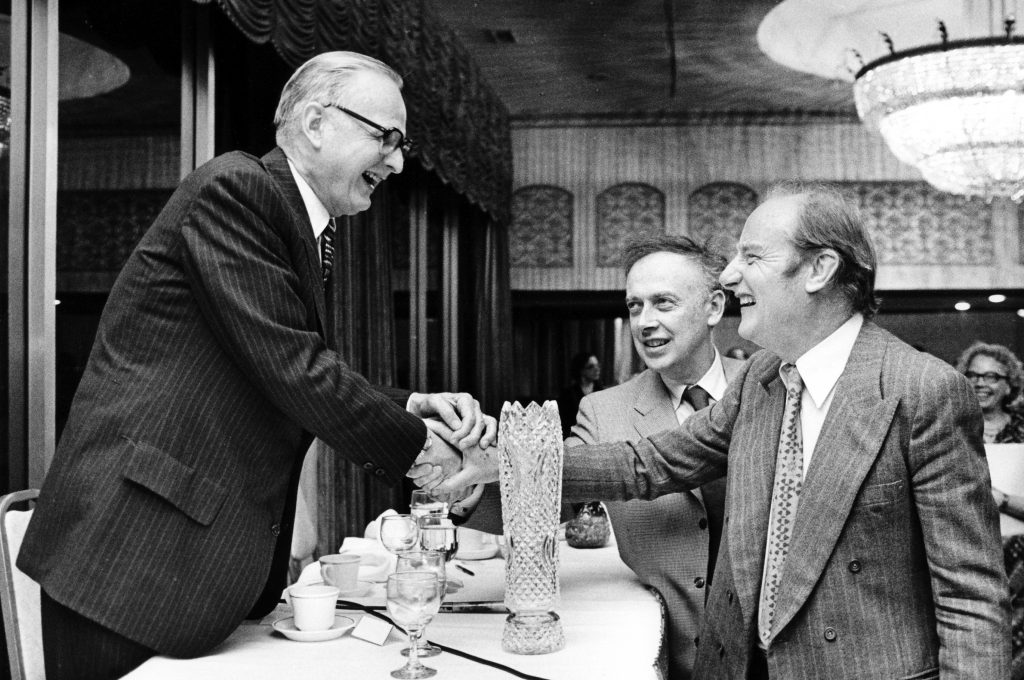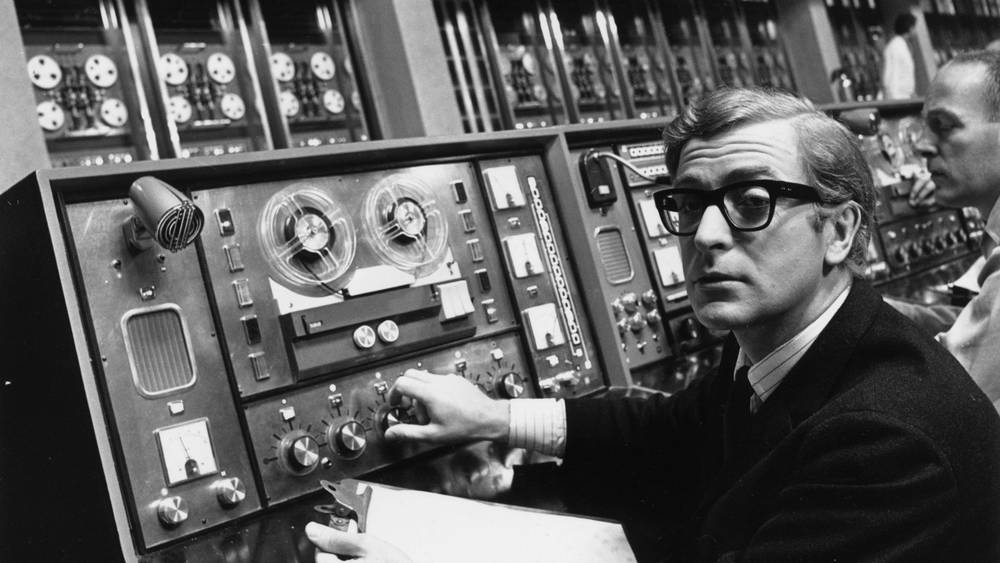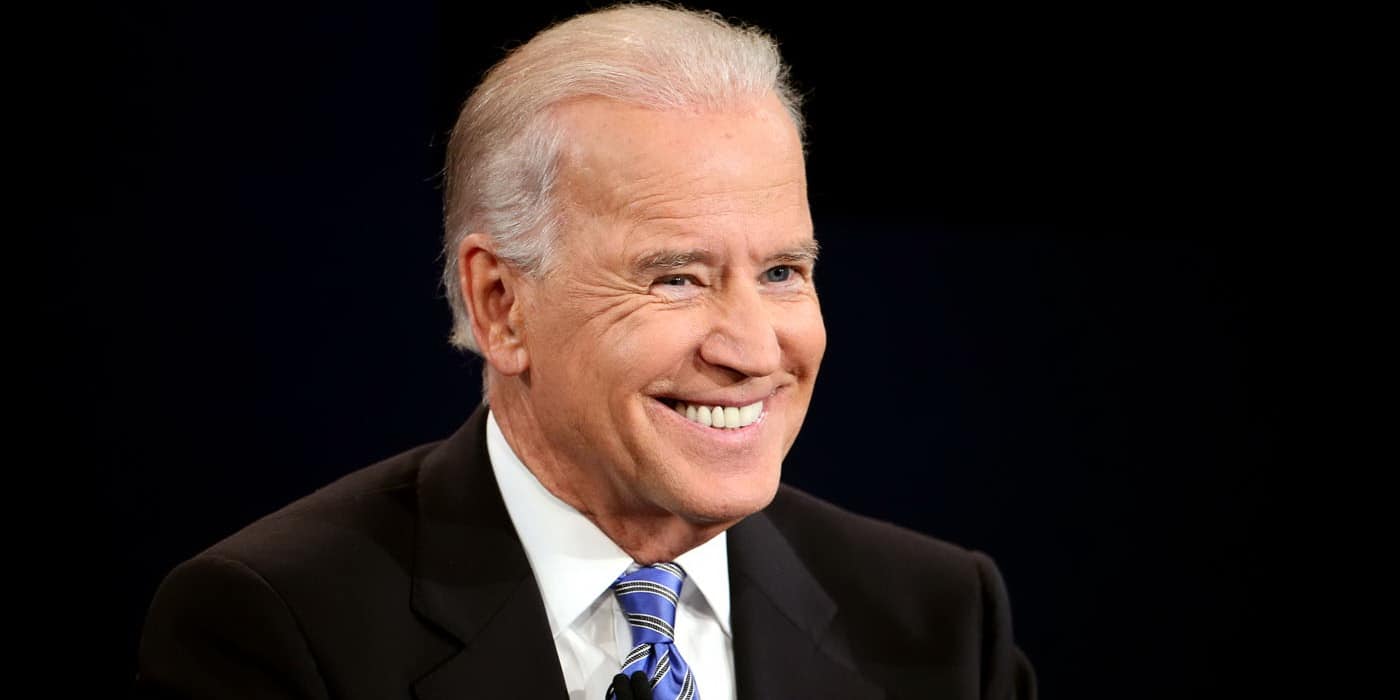Notice the word ‘breakthroughs’ in the title – it covers observations, discoveries and inventions, stretches over the last 500 years, and includes events which have had the greatest effect on the relatively modern world. Of course this latter is a somewhat subjective statement, as opinions vary as to which have been THE most important breakthroughs, some of which may not appear on this list, but it is doubtful that anyone will argue that any included here should not be regarded as supremely important, particularly in developments in electrical/electronic engineering, and medicine. Rather surprisingly, all the personalities mentioned are of European or American origin.
Modern historians of all persuasions and specific interests have contributed their thoughts to this list of 25, which is in chronological order. If you have any strong feelings about inclusions or omissions then please do comment at the conclusion of the article. You may also like to comment on which you think is ‘the greatest’.
Heliocentric view of the solar system – early 1500s.
Nicolaus Copernicus (Polish)
[one_half]
[/one_half][one_half_last]
In the 1530s Nicolaus Copernicus proposed from lengthy observations that the Earth and the other planets revolved around the sun, not the earth being the centre of the universe. This concept, radical at the time but soon confirmed by other astronomers and mathematicians, changed our understanding of the solar system. Other astronomical observations would not have been possible without acceptance in practice of Copernicus’ view.
[/one_half_last]
Universal Gravitation – 1687
Isaac Newton (England)
[one_half]
[/one_half][one_half_last]
Mathematician and physicist, Newton studied Copernicus and Kepler, and corresponded with many other notable scientists including Flamstead, Halley and Hoke to come up with his theory that gravity is an all-pervasive concept, confirming several other phenomena, such as people having weight, orbiting of planets, and the falling down of objects – ‘the apple falling on his head’ is a somewhat romanticised version.
[/one_half_last]
Oxygen – 1774
Joseph Priestley (England)
[one_half]
[/one_half][one_half_last]
Priestley’s discovery identified the first gas, oxygen, as a unique element. The complete separation of air followed, that it was not just one single element, causing something of a revolution in the chemical world.
[/one_half_last]
Vaccination – 1798
Edward Jenner (England)
[one_half]
[/one_half][one_half_last]
Doctor Edward Jenner experimented successfully – some at the time said dangerously – by injecting a boy with pus from a cowpox pustule, showing that inoculation made children immune to the disease. The development of vaccination has subsequently saved countless lives, as well as initially preventing people from contracting deadly diseases such as small pox or measles.
[/one_half_last]
Electricity – 18th-19th century
Michael Faraday (England), Nikola Tesla (Serbia) and Benjamin Franklin (USA)
[one_half]
[/one_half][one_half_last]
Franklin, Faraday and Tesla, each in their own rights, managed to discover, study deeply and analyse electricity. Franklin determined that “all forms of electricity are the same,” but Tesla and Faraday respectively provided the bases for the development of the alternating current electricity supply system, and the electric motor.
[/one_half_last]
Anesthesia – 1801
Humphry Davy (England)
[one_half]
[/one_half][one_half_last]
One of the greatest achievements in medical history is giving people relief from pain, especially in medical procedures. What was formerly complicated and therefore extremely dangerous surgery became much more commonplace, as well as alleviating patients’ fears by virtually eliminating pain. Davy isolated nitrous oxide, which became the basis for modern anesthesia, although various opiates, and cocaine, had previously been used with some success.
[/one_half_last]
Internal combustion engine – 1859
Étienne Lenoir (Belgium) and Siegfried Marcus (Austria)
[one_half]
[/one_half][one_half_last]
Lenoir developed the first successfully commercial internal combustion engine in 1859, replacing reliance on the steam engine, and Marcus the basis of the modern engine, since developed into those utilised by today’s vehicles, and to the point where turbines and rockets are powered by them also.
[/one_half_last]
Pasteurization – 1863
Louis Pasteur (French)
[one_half]
[/one_half][one_half_last]
Public health has been improved immeasurably by Pasteur’s theory and discovery that by simple heating the process of destroying pathogens enormously aided the preservation of perishable food, especially dairy and juices. This system is now one of the foundations on which health is based.
[/one_half_last]
Radio waves – 19th century
Heinrich Hertz (Germany) and James Clerk Maxwell (Scotland)
[one_half]
[/one_half][one_half_last]
Hertz and Maxwell, who theorized and proved the similarities between the properties of magnetism, light and electricity, provided the base for Marconi’s invention of the radio not many years later, as well as others. Maxwell established that all these three were forms of electromagnetic radiation, and as such is broadly recognised as one of the greatest 19th century discoveries in the field of physics.
[/one_half_last]
Periodic Table – 1880
Dmitri Mendeleev (Russia)
[one_half]
[/one_half][one_half_last]
Science education around the world now has a base – all elements classified into a proper system, and assisting in the discovery of new ones. This also helps the understanding of the properties of elements. Mendeleev was instrumental in organising the Table, and in doing so also promoted St Petersburg into a chemical research centre.
[/one_half_last]
Steam turbine – 1884
Sir Charles Parsons (United Kingdom)
[one_half]
[/one_half][one_half_last]
A significant percentage of the world’s power is now generated by the modern steam turbine, truly a major contributor to the energy sector. Unusually for the son of an Earl, after studying at Trinity College, Dublin, and St John’s College Cambridge, Parsons joined commercial A.G Armstrong, Kitsons, and Clarke, Chapman & Co. successively, working steadily on turbine development, thus efficiently producing electricity, amongst other uses.
[/one_half_last]
Radio – 1895
Gugliemo Marconi (Italy), Nikola Tesla (Serbia)
[one_half]
[/one_half][one_half_last]
Debate about the first or leading inventor of radio is on-going, but the invention is absolutely unquestioned as one of the most important in modern times. Marconi was a physicist and electrical engineer, who initially invented a device using radio waves to transmit Morse code. Meantime Tesla actually created a basic design for a radio, as well as patenting a robot boat controlled by radio waves. History acknowledges that the device has been unmatched in bringing news, music, drama and sport into people’s lives.
[/one_half_last]
X-Rays – 1895
Wilhelm Roentgen (Germany)
[one_half]
[/one_half][one_half_last]
High-frequency radiations were discovered by Roengten, possessing the means to penetrate human flesh without damage, in certainly one of the most important breakthroughs in medicine. The discovery and subsequent invention allowed doctors to see and understand what goes on inside a patient. and prescribe appropriate action or medication.
[/one_half_last]
Blood types – 1897
Karl Landsteiner (Austria)
[one_half]
[/one_half][one_half_last]
Landsteiner’s discovery contradicted common belief that all blood was the same. The differentiation by the Austrian physician into the classification that we now take for granted, undoubtedly contributed enormously to the safe transfusions that are now commonplace.
[/one_half_last]
Computer – 19th century-20th century
Charles Babbage, plus many
[one_half]
[/one_half][one_half_last]
Right from Charles Babbage’s concept machine design of the 1830, and subsequently proven in the 20th century, the computer now surpasses any other device in all history in augmenting and elevating human ability – the world has now been described as a global village, thanks in no small part to Babbage’s work of almost 200 years ago.
[/one_half_last]
Marie Curie and Radioactivity – early 1900s
Marie Curie (Poland/France)
[one_half]
[/one_half][one_half_last]
Marie Curie actually coined the word radioactivity, following her discovery of radium and it’s consequent uses. She also discovered polonium, and was a major contributor in the development of X-rays. She became the first woman to win not one but two Nobel Prizes – one for chemistry and one for physics.
[/one_half_last]
Airplane – 1903
Orville Wright and Wilbur Wright (USA)
[one_half]
[/one_half][one_half_last]
Again there is still some discussion as to who was actually the first to launch a powered flight, but the Wright Brothers are generally accepted as being the ones who were witnessed as radically changing – or actually adding to – modes of transportation. Their invention was the first “sustainable and controlled” flight, less than a decade following the invention of a motor vehicle.
[/one_half_last]
Theory of relativity – 1905
Albert Einstein (Germany)
[one_half]
[/one_half][one_half_last]
Physics’ laws “are the same for all non-accelerating observers”, so states Einstein’s theory of relativity, and that light’s speed, inside a vacuum, did not depend on the motion of those observing. Widely regarded as one of the greatest of all time, this theory has subsequently been been put to practical use for such things as global positioning systems, electromagnets and supernovas.
[/one_half_last]
Quantum Theory – 1925
Max Born (Germany)
[one_half]
[/one_half][one_half_last]
Born’s system developed the ability to analyze and describe subatomic particles, such as alpha, beta, electron and proton particles. This has become the practical basis for the study of all solid state mechanics, atomic and nuclear physics.
[/one_half_last]
Television – 20th century
Many
[one_half]
[/one_half][one_half_last]
John Logie Baird is accepted as the person who produced the first working, mechanical/electrical television, but many people contributed in discovering/inventing constituent components of the device. Baird managed to “transmit a flickering image across a distance of 10 feet,” which enabled him to produce TV pictures in 1926.
[/one_half_last]
Penicillin – 1928
Alexander Fleming (Scotland)
[one_half]
[/one_half][one_half_last]
Preventing the growth of bacteria and killing them was accidentally discovered by Fleming, but no matter, as penicillin has subsequently been used to save countless lives over the years. The ready commercial availability of an antibiotic drug at a moderate cost was another revolution in the medical treatment of so many problems, that the discovery well deserves its ranking in this list.
[/one_half_last]
Nuclear Fission – 1939
Lise Meitner (Austria)
[one_half]
[/one_half][one_half_last]
The atomic age came into being when Meitner, along with Otto Hahn, discovered that uranium atoms can be split, effectively producing energy in enormous amounts. However, uses for other, more deadly effects was very quickly realised.
[/one_half_last]
Semiconductor transistor – 1947
John Bardeen (USA)
[one_half]
[/one_half][one_half_last]
You may consider the semiconductor transistor as old hat now, but every electrical hardware device created since then has utilised the transistor effect, that is since Bardeen’s discovery of the transistor effect in semiconductors. The latter had actually been identified bit by bit by a series of scientists in the 19th century, probably beginning with Faraday in the 1830s.
[/one_half_last]
Polio vaccine – 1953
Jonas Salk (USA/Poland)
[one_half]
[/one_half][one_half_last]
Cases of this formerly widespread, crippling disease have become extremely rare since Dr. Jonas Salk discovered a vaccine for the disease in 1953. Today, while there is still no known cure for polio, prevention has become the norm, thanks to this incredibly important breakthrough.
[/one_half_last]
Deoxyribonucleic acid (DNA) – 1953
James Watson (USA) and Francis Crick (England)
[one_half]
[/one_half][one_half_last]
James Watson and Francis Crick’s work enabled the study of the molecular structure of all living organisms, and is widely regarded as the “greatest discovery in history”. Medical scientists have been able to use DNA to understand the causes of deadly diseases, and it has been critical in laying the foundations of molecular biology. DNA is now widely used in courts to provide evidence.
[/one_half_last]
Internet – 1960s
Many
[one_half]
[/one_half][one_half_last]
Few would argue that the internet has revolutionised modern day communication, like no previous invention, changing the working and personal lives of almost everyone including in second and third world countries. Accepted as the basic technology for the internet, the Advanced Research Projects Agency Network (ARPANET) was the first to use the TCP/IP protocol suite.
[/one_half_last]
Animal cloning – 1996
[one_half]
[/one_half][one_half_last]
Certainly a breakthrough but still controversial, as cloning presents the possibility of humans being reproduced artificially since the system was developed at the Roslin Institute in Midlothian, by successfully cloning a sheep in 1996. Many other animals have since been cloned, and purists fear that human cloning is just a matter of time.
[/one_half_last]



